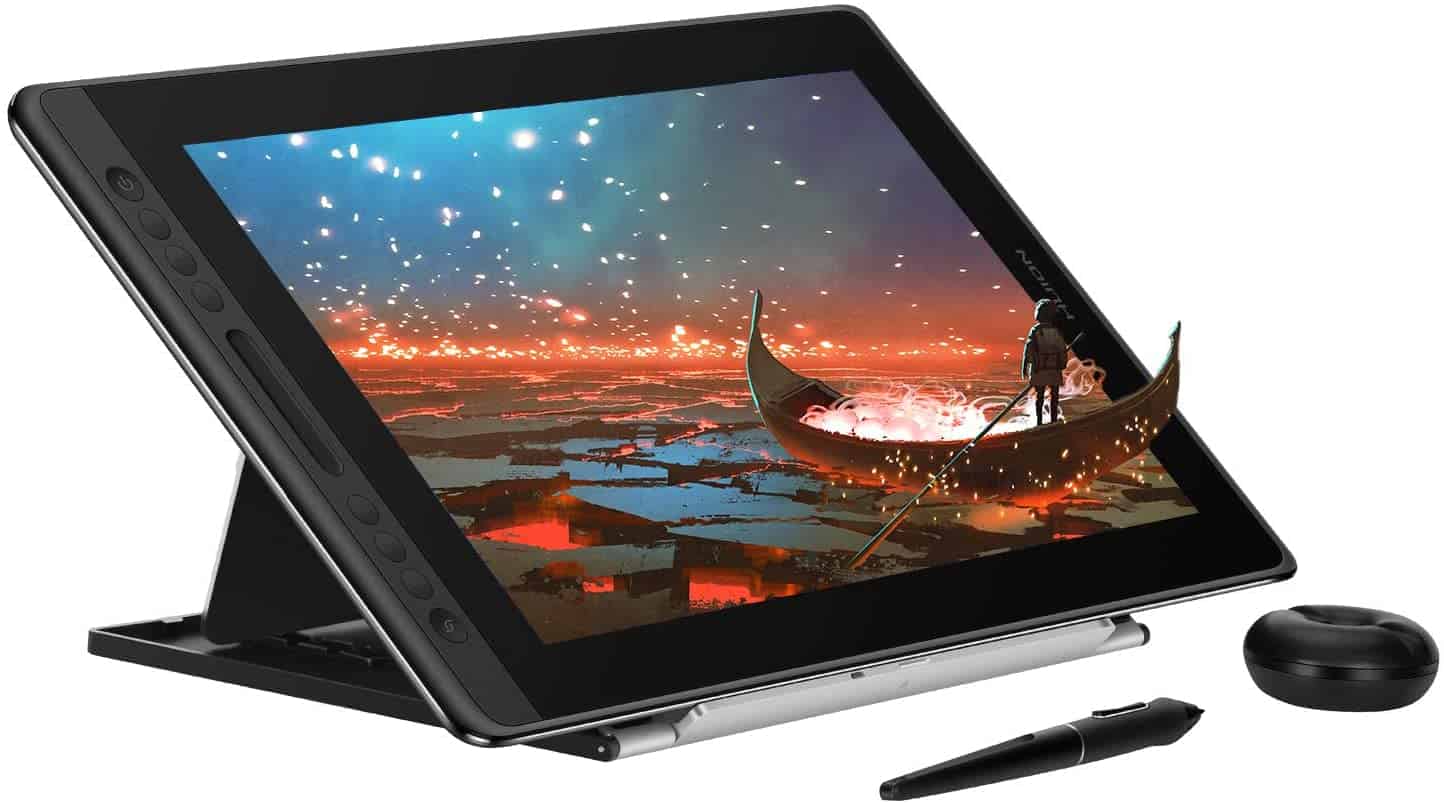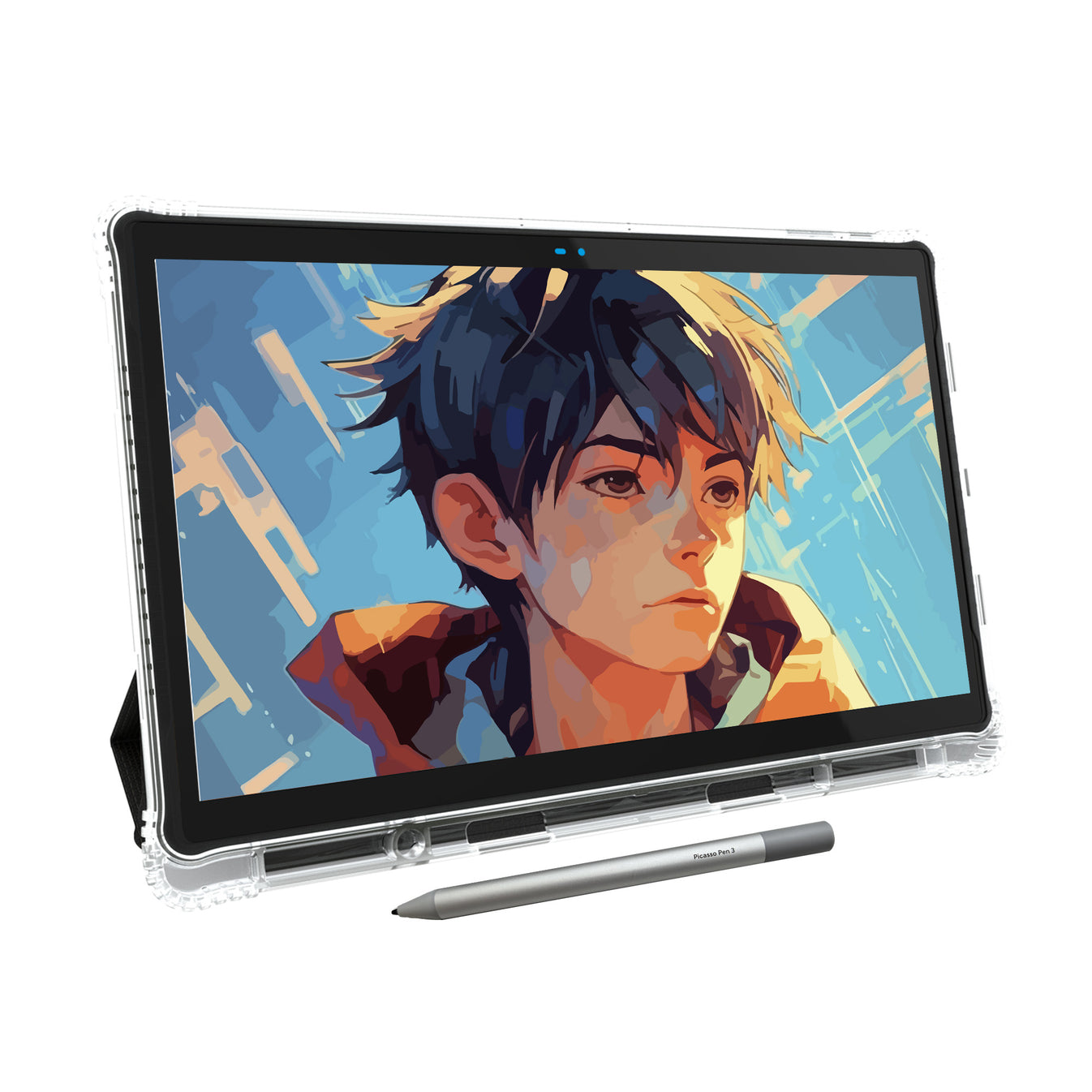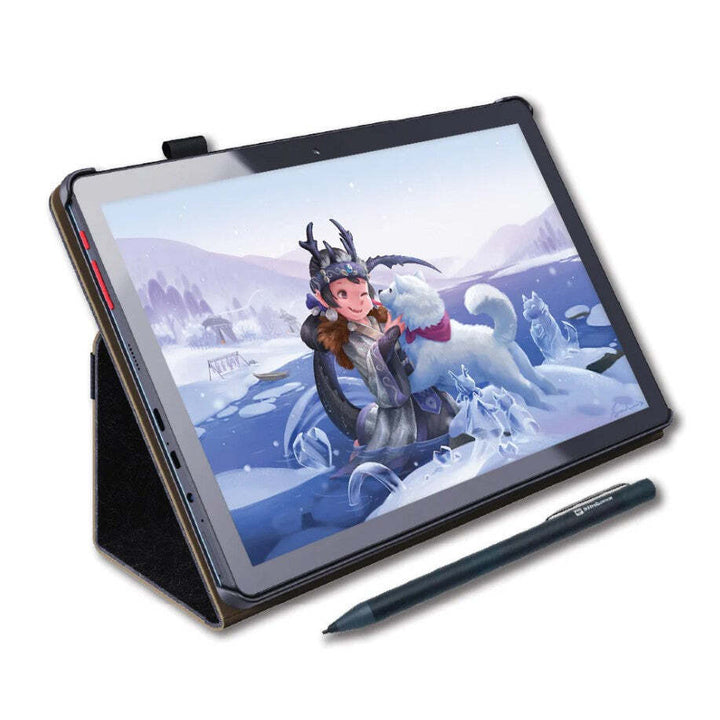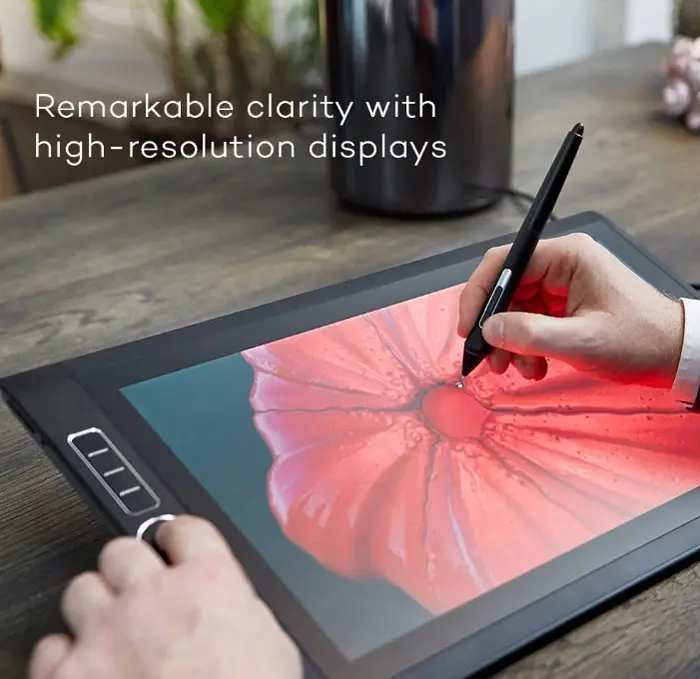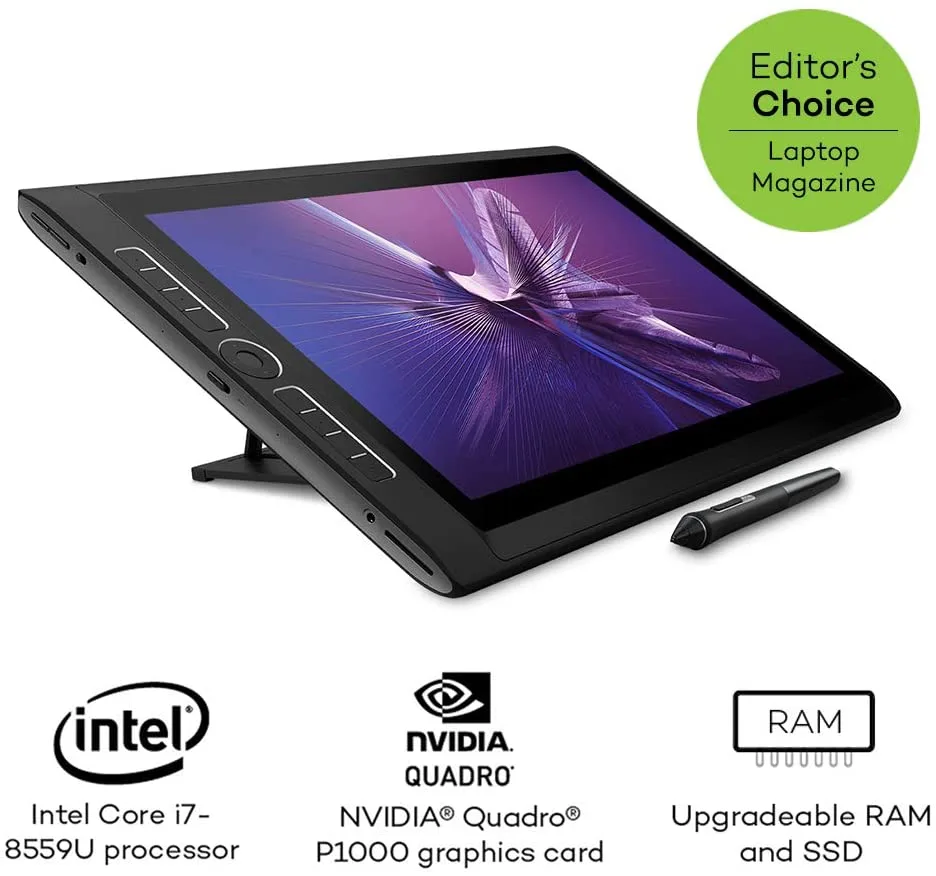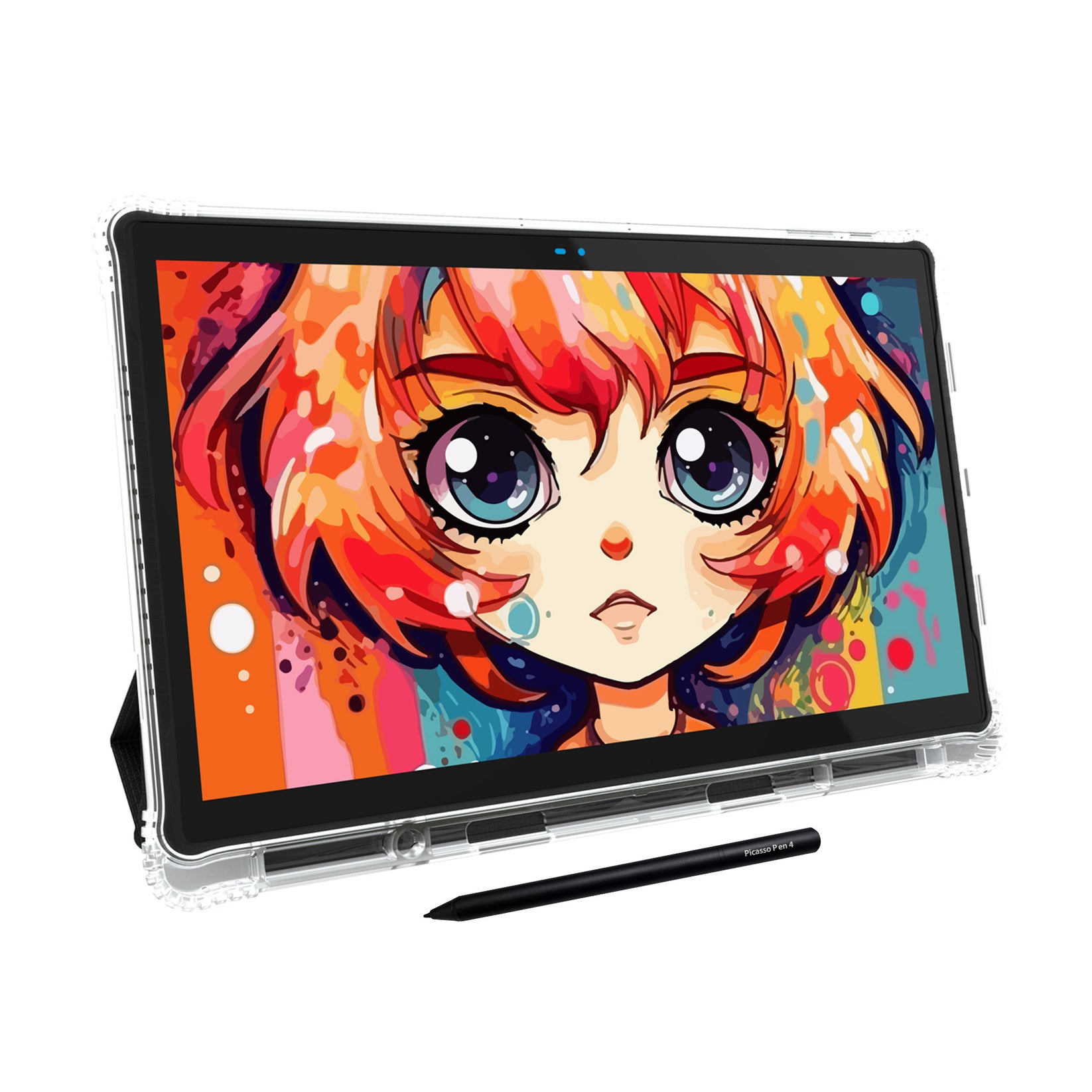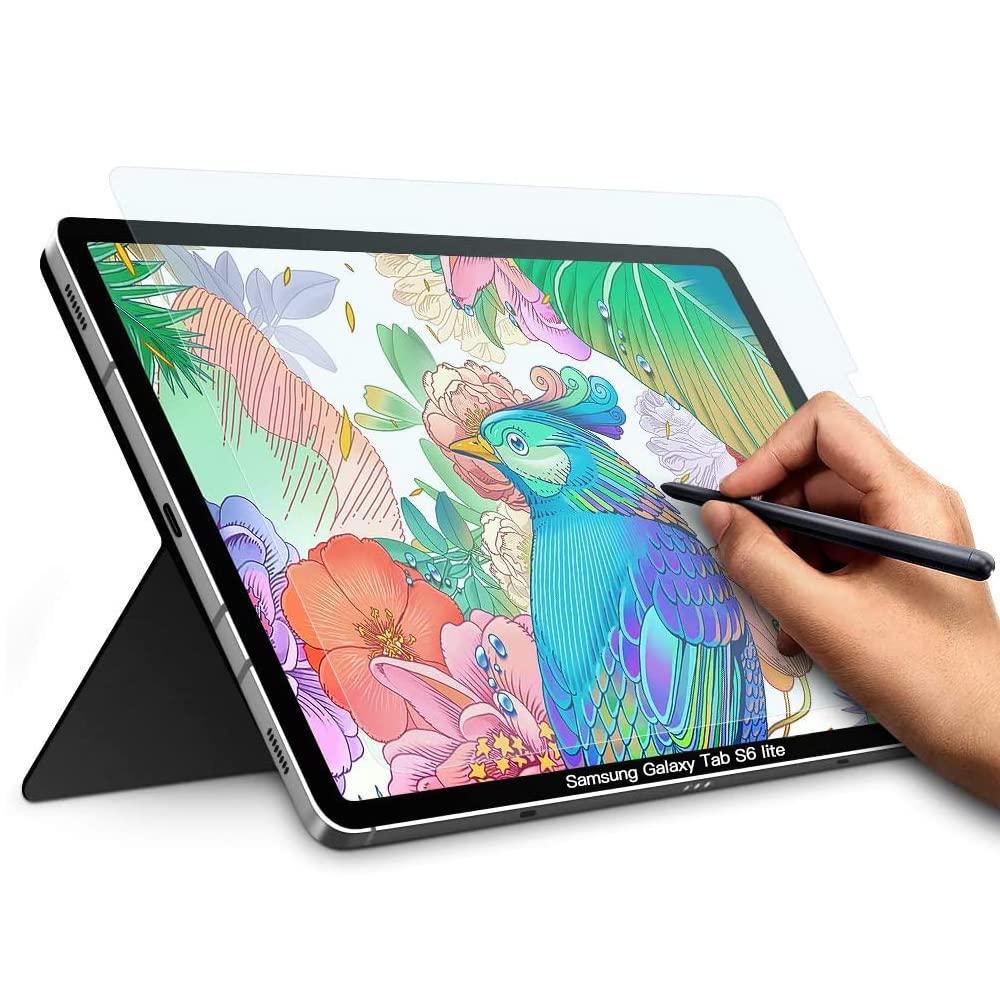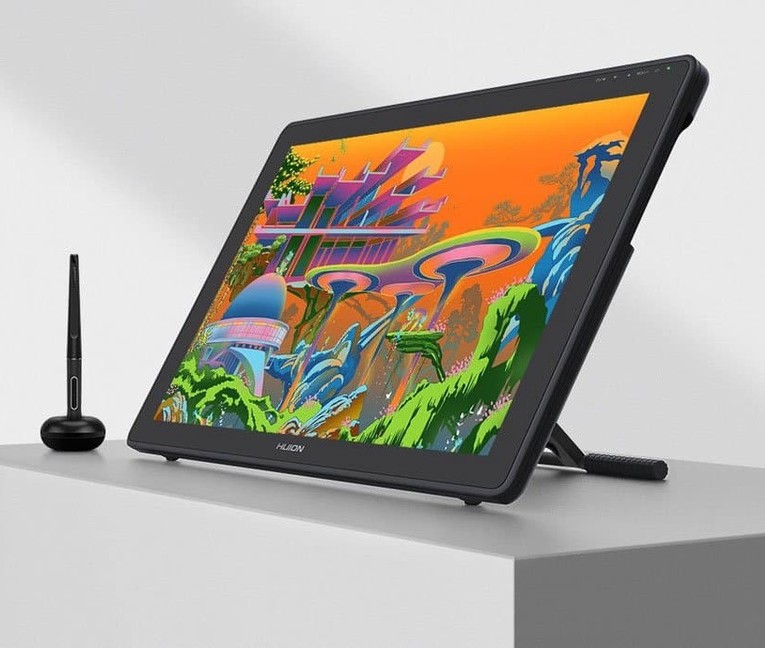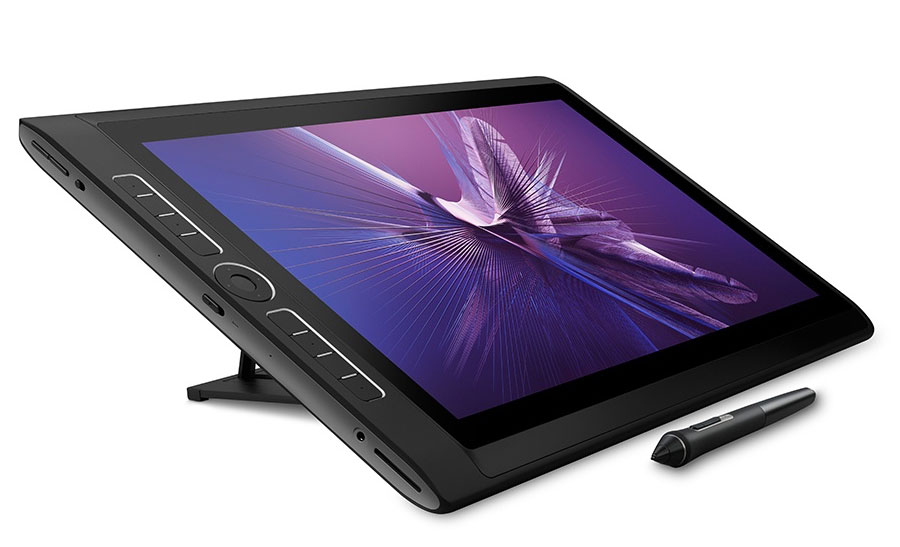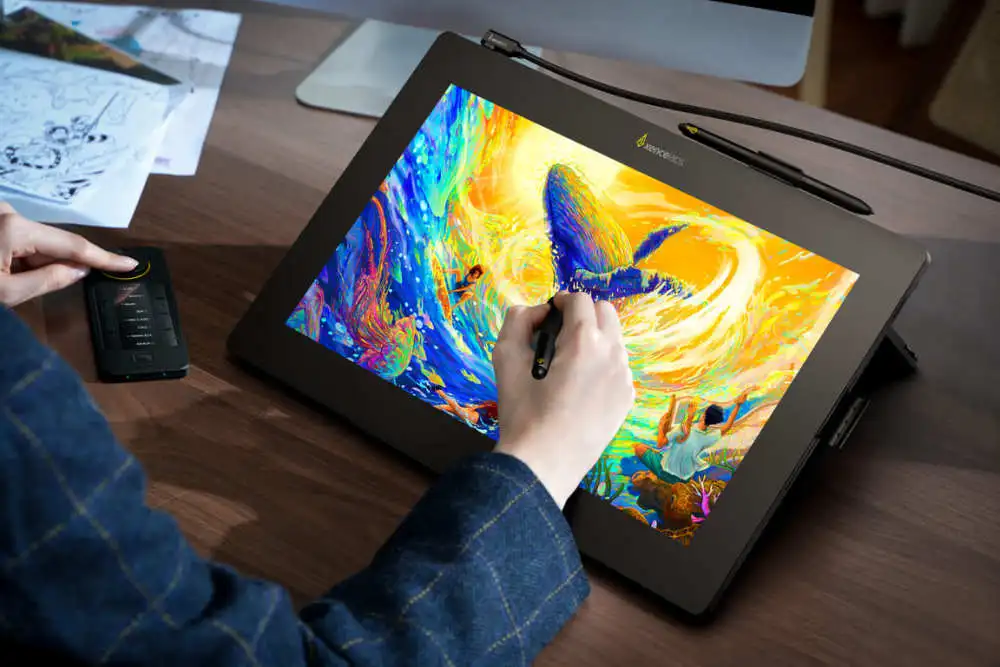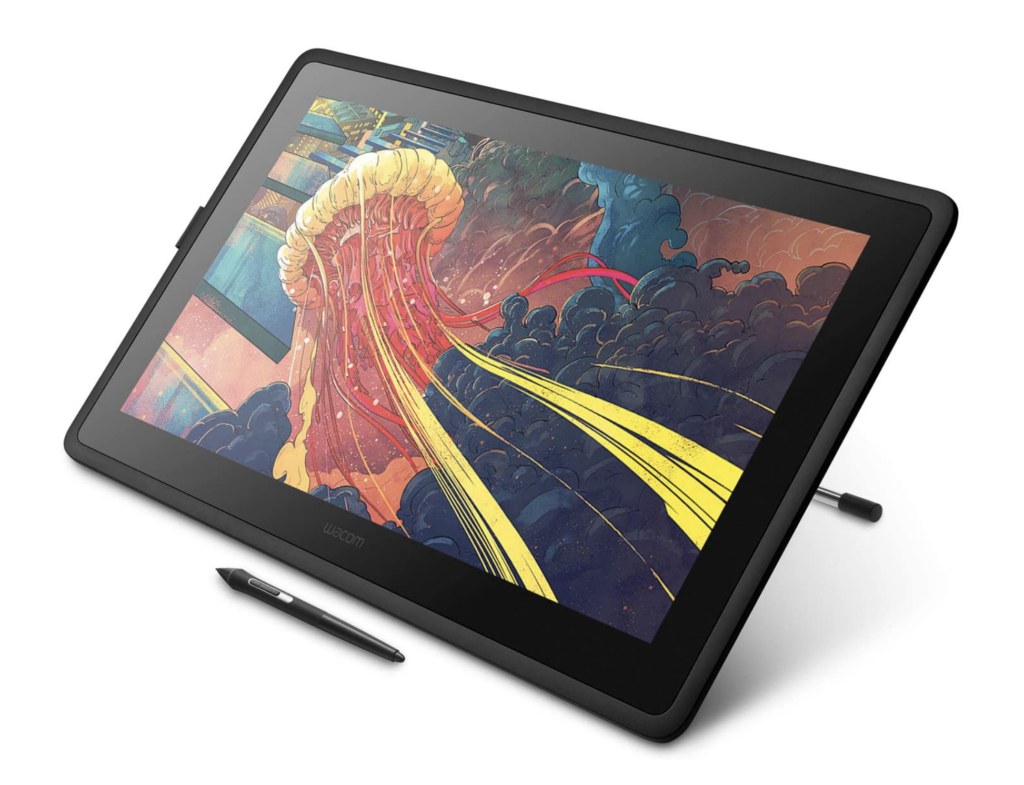Standalone Drawing Tablet Under 300

The digital art world is becoming increasingly accessible, with standalone drawing tablets offering a powerful, portable creative experience. Several manufacturers are now offering viable options under the $300 price point, opening doors for aspiring artists and hobbyists on a budget. This shift marks a significant change in the accessibility of digital art tools.
The availability of standalone drawing tablets under $300 is a crucial development, lowering the barrier to entry for individuals interested in digital art. This affordability empowers students, hobbyists, and emerging artists to explore their creativity without a significant financial burden. It has the potential to democratize access to digital art creation.
Key Players and Products
Several companies are leading the charge in this affordable standalone tablet market. XP-Pen, Huion, and Simbans are among the key players offering devices that combine drawing capabilities with the functionality of an Android tablet. These tablets typically feature pressure-sensitive styluses and pre-installed drawing applications.
The XP-Pen Magic Drawing Pad, for example, is often cited as a strong contender in this price range. Huion offers several models, like the Kamvas RDS-70, which is very popular. Simba is getting famous with the PicassoTab XL.
Features and Specifications
These tablets generally boast features like multi-touch support, allowing users to zoom, rotate, and navigate using finger gestures. Pressure sensitivity, often ranging from 8192 levels, enables nuanced line weight and shading. The displays vary in size, typically ranging from 10 to 12 inches, and often feature HD resolutions for a clear and vibrant visual experience.
Android is the most popular operating system for these devices, giving users access to a wide range of creative apps available on the Google Play Store, including popular choices like Autodesk Sketchbook, MediBang Paint, and Ibis Paint X.
Impact on Digital Art Community
The availability of affordable standalone drawing tablets is expected to have a significant impact on the digital art community. Budding artists can now experiment with digital tools without needing to invest in expensive equipment like high-end iPads or Wacom Cintiqs. This increased accessibility can foster creativity and innovation within the digital art sphere.
Educators can use these tablets in the classroom, making digital art education more accessible to students. The lower price point means that schools can potentially purchase tablets for an entire class, ensuring that all students have the opportunity to explore digital art.
Potential Drawbacks
While offering compelling value, these budget-friendly standalone tablets do have certain limitations compared to higher-end models. Processing power may be less robust, potentially leading to lag when working with large or complex files. Screen quality, while decent, might not match the color accuracy and vibrancy of more expensive tablets.
Battery life is another factor to consider, as some affordable tablets may require more frequent charging than premium options. Potential buyers should carefully research specifications and reviews to ensure the tablet meets their specific needs and expectations.
The Future of Affordable Digital Art
The trend of affordable standalone drawing tablets is likely to continue, with manufacturers constantly striving to improve performance and features while maintaining competitive pricing. As technology advances, we can expect to see even more powerful and feature-rich tablets become available in the sub-$300 price range.
This ongoing development will further democratize access to digital art creation, empowering a wider audience to express their creativity and explore the exciting world of digital art.

